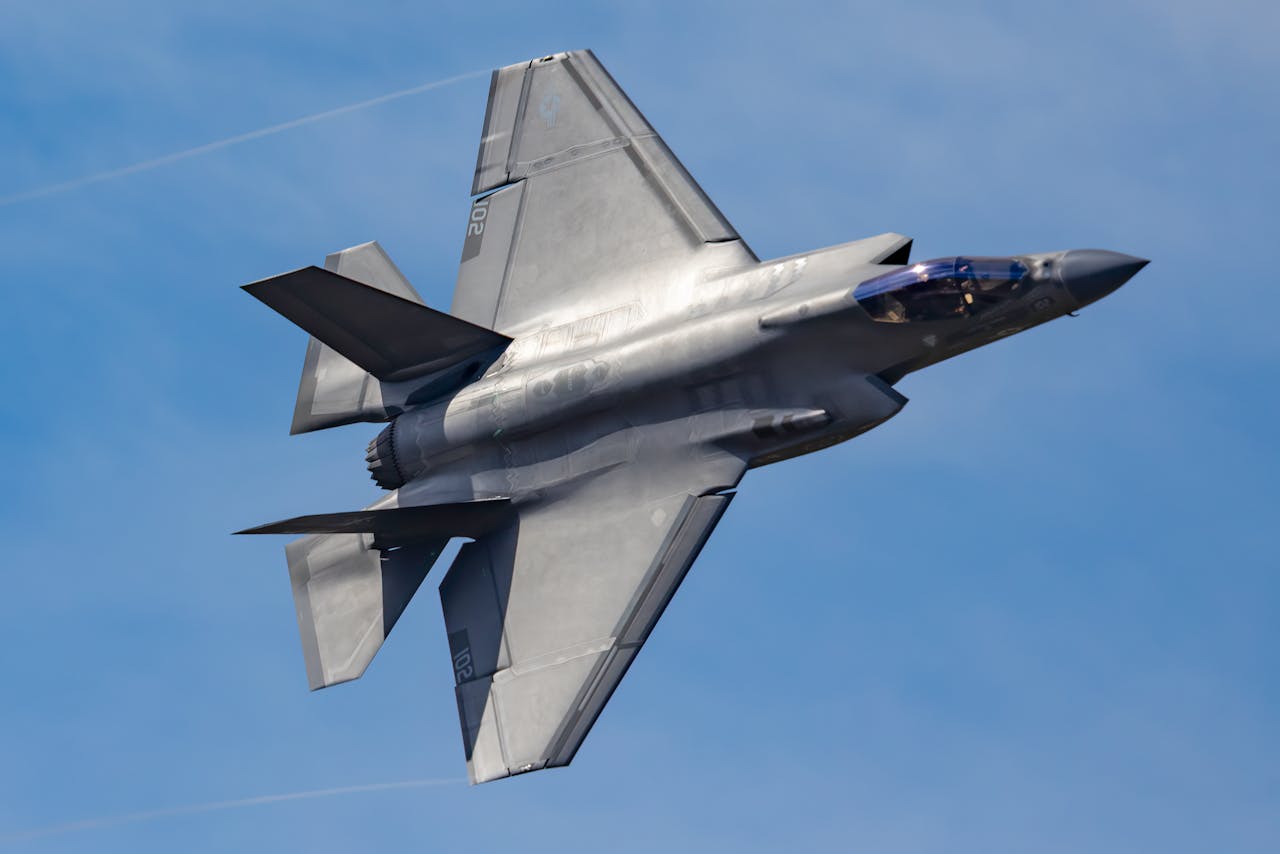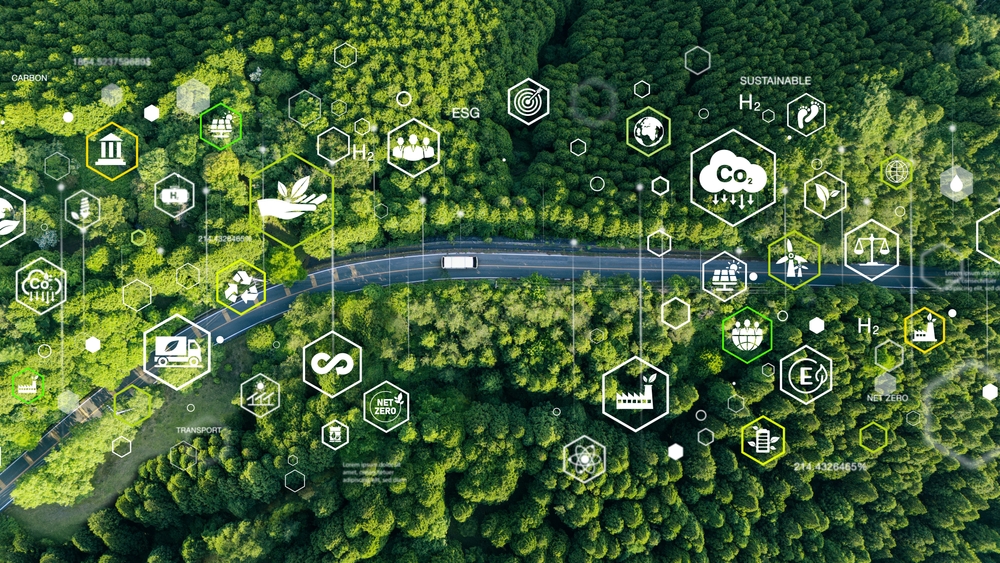Social media has become an indispensable tool for defense technology companies looking to connect with stakeholders, showcase innovations, and manage their public image. With platforms like LinkedIn, Twitter, and YouTube offering unique opportunities for engagement, defense tech organizations must develop strategic approaches that balance transparency with security requirements. A well-executed social media strategy helps build credibility, attract potential clients, and maintain strong relationships with industry professionals. This article provides a detailed guide for PR and marketing professionals in the defense technology sector to effectively use social media while adhering to strict compliance standards.
PR Overview
Creating Compelling Video Content for Defense Technology
Video content serves as a powerful medium for explaining complex defense technologies to diverse audiences. According to recent studies, 84% of people say they’ve been convinced to buy a product or service by watching a brand’s video. For defense technology companies, video content needs to strike the right balance between technical accuracy and accessibility.
Product demonstrations and explainer videos work particularly well when they focus on practical applications and real-world impact. These videos should incorporate clear visuals, professional narration, and when appropriate, computer-generated imagery (CGI) or 3D animations to illustrate technical concepts. Many successful defense tech companies use a combination of expert interviews, animation, and actual footage to create engaging content that resonates with their target audience.
Security considerations play a vital role in video production for defense technology. Before publishing any video content, companies should implement a thorough review process to ensure sensitive information remains protected. This includes checking for inadvertent exposure of classified details in background footage or technical specifications.
Maximizing Impact on LinkedIn and Twitter
LinkedIn stands out as the primary platform for B2B communication in the defense technology sector. According to LinkedIn’s own statistics, 80% of B2B leads come through their platform. To maximize impact, defense tech companies should focus on sharing thought leadership content, industry insights, and company updates that demonstrate expertise and innovation.
Creating an effective LinkedIn strategy involves:
- Regular posting of technical articles and white papers
- Sharing updates about contract awards and project milestones
- Highlighting employee expertise through personal stories
- Engaging with industry discussions and relevant groups
Twitter offers different advantages for defense technology PR, particularly for real-time communication and event coverage. The platform’s fast-paced nature makes it ideal for:
- Live updates from industry conferences and trade shows
- Quick responses to breaking news affecting the sector
- Sharing links to longer-form content
- Building relationships with journalists and industry influencers
Managing Real-Time Updates at Industry Events
Industry events present unique opportunities for defense technology companies to showcase their capabilities and connect with potential clients. Social media coverage of these events requires careful planning and execution to maintain security while providing valuable updates.
Before the event, PR teams should:
- Develop clear guidelines for what can and cannot be shared
- Create pre-approved message templates for common scenarios
- Establish a rapid approval process for time-sensitive content
- Brief all team members on security protocols
During the event, maintain a consistent presence across platforms while following these best practices:
- Use event-specific hashtags to increase visibility
- Share photos and videos that have been pre-cleared for public release
- Live-tweet keynote speeches and panel discussions
- Engage with other attendees’ posts and comments
Visual consistency helps defense technology companies maintain a professional image across all social media platforms. This includes using standardized colors, fonts, and design elements that align with the company’s brand guidelines.
High-quality images and graphics should:
- Feature professional photography of products and facilities
- Include branded infographics explaining technical concepts
- Maintain consistent formatting for all posted content
- Use appropriate filters and editing techniques
Tracking the right metrics helps defense technology companies evaluate their social media effectiveness and adjust strategies accordingly. Key performance indicators should include:
Engagement metrics:
- Post interactions (likes, comments, shares)
- Click-through rates on shared links
- Video view duration and completion rates
- Growth in follower count
Business impact metrics:
- Lead generation through social channels
- Website traffic from social media
- Contact form submissions
- Download rates for technical documents
Crisis Communication and Risk Management
Defense technology companies must maintain robust crisis communication plans for social media. This includes:
- Monitoring mentions and potential issues 24/7
- Having pre-approved response templates ready
- Maintaining clear escalation procedures
- Training social media teams on crisis protocols
Content Calendar and Planning
Successful social media management requires careful planning and coordination. A comprehensive content calendar should:
- Balance different types of content
- Account for industry events and announcements
- Include regular check-ins for security compliance
- Allow flexibility for unexpected opportunities
Conclusion
Social media presents significant opportunities for defense technology companies to build their brand, engage with stakeholders, and showcase innovations. Success requires a strategic approach that balances engagement with security, supported by clear guidelines and processes. PR professionals should focus on creating high-quality video content, maintaining active presence on LinkedIn and Twitter, and providing valuable real-time updates during industry events.
To get started, companies should:
- Develop clear social media guidelines that address security concerns
- Create a content calendar focused on thought leadership and innovation
- Invest in video production capabilities
- Establish metrics for measuring success
- Build a crisis communication plan
By following these guidelines and continuously adapting to platform changes and audience needs, defense technology companies can effectively leverage social media while maintaining their security and professional standards.
Communicating ESG Without Greenwashing
The gap between what companies promise on sustainability and what they actually deliver has never...
How Blockchain Storytelling Differentiates Brands in Tech Marketing
Most blockchain protocols fail because they sound identical. When every DeFi platform promises...
The Impact of AI on Earned Media Value
Every quarter, marketing leaders face the same uncomfortable question from finance: "What did we...




